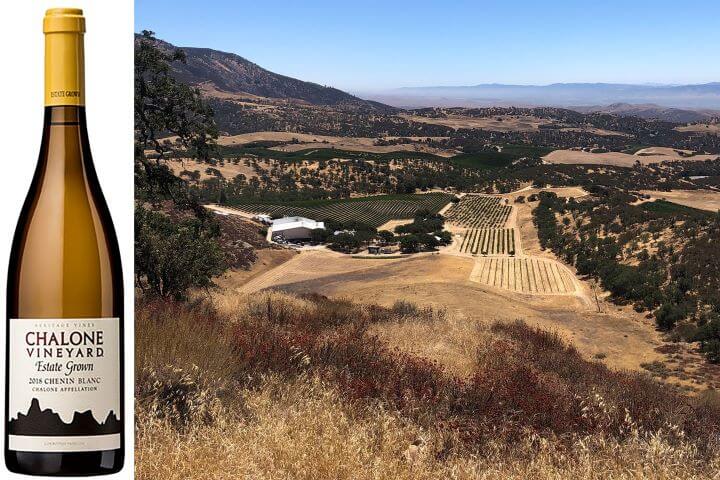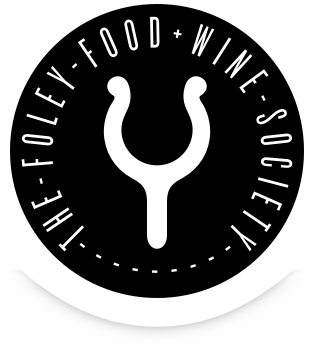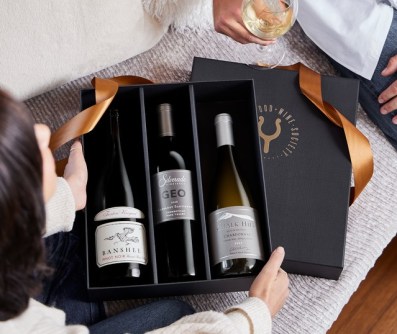Look at those grapes! Kara Maraden, Director of Viticulture at Foley Family Wines, is gearing up for “a great crop” harvest this year. We last spoke with her in July. “The overall crop load is probably a little lighter than the last two years but that is to be expected, given that 2018 and 2019 provided generous grape crops. The berries are clean, and the vines are still really healthy.”
The Cabernet Sauvignon grapes pictured above were taken by Maraden from Foley-Johnson in Napa in the first week of August. In just a few more months, those very berries will have been harvested, and their pristine juice will be on its way toward becoming world-class wine.
In the interview below, Maraden updates us on what is taking place in the vineyards in August, including preparing for harvest!
Q: What is happening in the vineyards in August in terms of farming?
Kara Maraden (KM): August will be a very calm month in the vineyard as far as farming. Pest pressures subside as the crop ripens which is a great relief. We will do some green dropping in some areas, which means we will go through and drop clusters that still may have greener berries.
This will help even out the ripening of the clusters on the vine. We will continue to water in order to maintain our canopies and start to take some fruit samples to get baseline degrees Brix (sugar levels). We will also go out and take cluster weights to get a more precise image of where our crop load is. Most of the farming has been done and now it’s time to let the vines do their thing.
Q: How does crop-thinning translate to quality in the wine?
KM: Crop thinning can occur anytime after fruit set until the day you harvest, but typically it happens right before veraison or shortly thereafter. If you know that the vine is over-delivering, producing a massive crop (which you can tell by counting the clusters and looking at historical records) its best to remove that extra fruit early. This will help the vine adjust earlier in the growing season, and have more energy to ripen the remaining grape bunches.
A “green drop” can be done shortly after veraison. This is another chance to make finer adjustments to crop load and to get rid of any really underperforming clusters. We do have some sites that we will drop fruit every year—some heavy producers like Merlot or Sauvignon Blanc but we try to keep the vines in balance by pruning correctly during the winter so that we do not have to do major corrections during the growing season. We do not want to remove too much fruit because it will eventually leave the vines unbalanced. By keeping just the right amount of clusters, the grapes ripen evenly, and the quality remains high.
Q: Will you harvest any grapes this month?
KM: We will be harvesting fruit this month! We’ve had more Growing Degree Days (essentially, a measure of daytime heat) and so we are seeing things ripening a bit faster. We will be harvesting some white wine grapes from Sacramento County, first and I’m sure some vineyards in northern California toward the end of the month. We also have an exciting new sparkling program in the works and we will probably pick some Chardonnay and Pinot Noir before the month is out for those wines.
Q: Let’s turn the spotlight on Chalone, the historic property in Monterey in the shadow of the Pinnacles National park. What’s happening there right now?
KM: We farm at Chalone and the vineyard manager Richard Boer has maintained that property for 30 years! Chalone is a really special place and some amazing wines come off that property. We mostly grow Chardonnay and Pinot but recently Grenache has been a variety gaining some notoriety. Of course, there is the famous old vine Chenin Blanc—the oldest vines in Monterey County, as well. Growing grapes at that altitude (1,800 feet) and in rare limestone soil is always special. And the views can’t be beaten!
We’ll leave you with this photo of that very view (and the Chenin Blanc vineyard pictured in the middle, just to the right of the winery, abutting the hillside):





